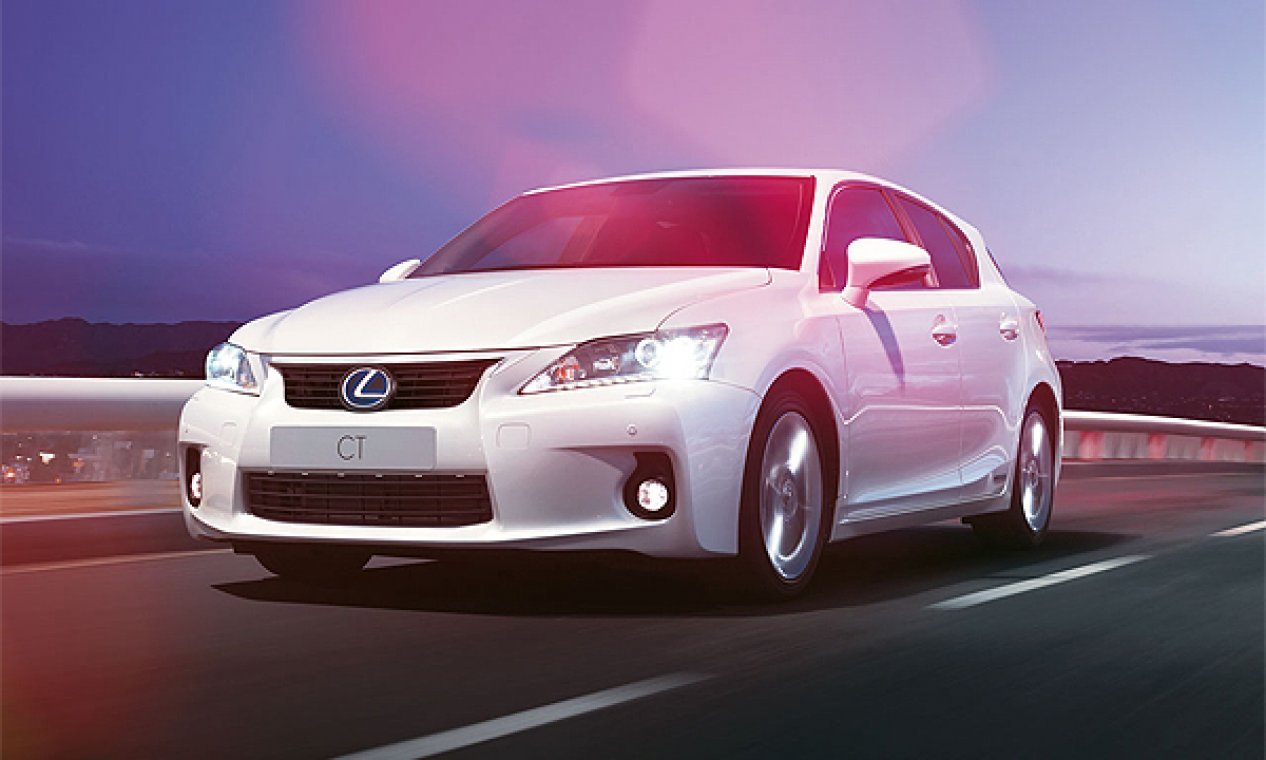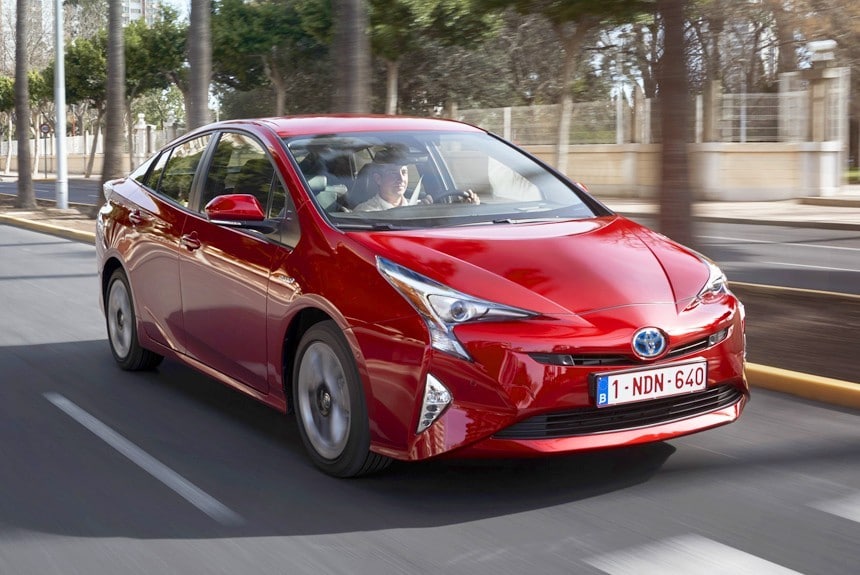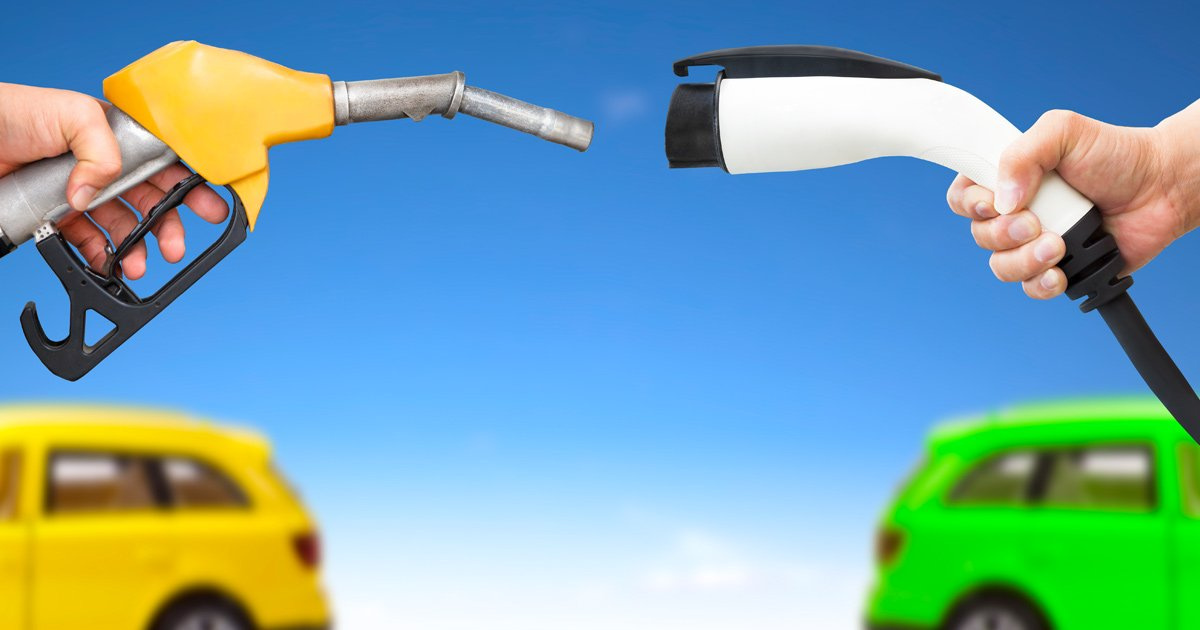
In January-July 2022, Azerbaijan imported 7,070 hybrid cars (vehicles with an internal combustion engine and an electric motor) for $71.867 million, according to the State Statistics Committee.
During the reporting period, 6,028 cars were imported from Japan, 579 from the US, 123 from Germany, 92 from South Korea, and 20 from the UK. This year, for the first time in the last 11 years, deliveries were made from Italy. One car was imported from this country.
People involved in the automobile business in Azerbaijan began to actively import cars from Europe. This is allegedly related to the weakening of the euro exchange rate against the manat in recent months. Car importers in Azerbaijan prefer to buy cars directly from Europe at a relatively low price, rather than going to neighboring Georgia, whose land border is closed due to the coronavirus pandemic. Of course, we are talking about used cars. In general, cars from Germany, Japan, China and South Korea are leading in demand in Azerbaijan. This applies to both new and used vehicles.

Faktyoxla Lab has tried to find out whether the increase in the active import of cars from Europe is due only to the weakening of the euro exchange rate against the manat.
Let's start with the fact that, indeed, the exchange rate of the euro against the manat has weakened in recent months. The exchange rate of the single European currency, for example, in August repeatedly fell below the $1 mark - or, as professionals say, below parity with the American currency. In some minutes of trading for the euro, euro equaled to only 0.9927 dollars, but by the end of the trading session, the euro won back daily losses. But the trend is clear: the weakening of the European currency continues, and now its rate is hovering at the lowest levels in the last 20 years. First of all, the euro is under pressure from the risk of Russia completely blocking gas supplies to European consumers. This will lead to an even greater decline in economic activity in the region, forcing a number of experts to predict a painful economic recession for the continent. All this has a negative impact on the euro. In addition, the dollar is strongly supported by the difference in interest rates in the US and the euro area. The Federal Reserve System has been fighting inflation much more energetically than the European Central Bank (ECB) in recent months. As a result, with the beginning of the current round of inflation, the Fed has already raised the discount rate by 2.25%, while the ECB - by only 0.5%. According to analysts, it is still quite difficult to say how long the situation will last. It can continue as long as inflation in the US is lower than in the euro area. The stakes are quite balanced there. As of today, inflation in the US is lower, so the dollar may still strengthen. But as soon as inflation equalizes, they will calm down. But it will be, rather, already in 2023.
When it comes to cars, interest in fuel-efficient cars has grown significantly in recent years. This happened due to the fact that the prices of gasoline and diesel fuel in the world have risen significantly. In addition, government and public organizations have been actively talking about the impact of carbon dioxide emissions on climate change on the planet and the need to reduce the emission of this gas into the atmosphere, while using legislative and economic levers. Germany, for example, introduced new rules for calculating car tax, which take into account not only the degree of purification of exhaust gases and engine size, as it was before, but also the amount of carbon dioxide emissions into the atmosphere when driving. All this has led to a significant increase in the automobile tax on cars with large engine volumes that emit significant amounts of carbon dioxide into the atmosphere. For vehicles with smaller engines and/or less carbon emissions, this tax has been substantially reduced. Such decisions forced leading car manufacturers to start producing cars with reduced carbon dioxide emissions.

Why is it more profitable and more reliable to bring hybrid cars from Europe? For example, from August 1 to December 31, 2020, new cars can be purchased in Italy with significant tax subsidies, which can reach 10,000 euros. With the final approval in the Italian parliament of the “restart decree”, from August 1 to December 31, 2020, Italians will be able to buy new cars with significant tax rebates, which can even reach 10,000 euros. These discounts are added to those already in place to give a new boost to a sector that has been hit hard by the economic impact of the coronavirus epidemic. So, Europeans buy new cars, and, for example, mainly used hybrid cars are imported to Azerbaijan.
The fact is that used hybrid cars have a number of problems, namely:
- They don't like long downtime as the battery drains. Overpayment should also be included, since a hybrid car is usually more expensive than a similar model with a traditional engine. In general, it is not always possible to save money. The most expensive and understandably feared component of such a car is a high-voltage battery.
- all owners of hybrid cars, the vast majority, for some reason, believe that the battery is the most important thing. But this is not so. For example, the battery of a Toyota Prius of previous generations can go up to half a million kilometers. For new models, this resource has decreased, but it still amounts to 200,000-250,000 kilometers. The main thing is to maintain the battery cooling system in a timely manner: change the antifreeze if it is liquid, or the fan filter if it is air one.

But in any case, when buying a used hybrid car, you must definitely check the residual capacity of its battery in a specialized service. By the way, faulty battery segments can be replaced separately. A hybrid car is extremely beneficial for people who travel a lot.
We should not forget about the "drowned" cars. Reportedly, the number of drowned cars is growing every year, not because there are more negligent drivers, but because natural disasters happen more often. American owners of sunken cars receive good insurance compensation. But they buy other cars. And insurance companies put up "drowned" ones at auction in the United States in order to quickly sell unnecessary goods, and at least partially cover the costs. Such cars are transported to the CIS countries in large quantities and sold cheaper. A car that has been damaged in a flood may look completely normal when you inspect it, sit inside, and even during a test drive. However, this does not mean at all that over time you will not have serious problems with this car.
There are certain things you need to do when buying a used car. First - read the report on the history of the car. The most informative of them are AutoCheck and Carfax. You will need a Vehicle Identification Number (VIN) to see if the vehicle was registered in the state where the disaster occurred. You can also get information if insurance payments were made due to damage to the car during the flood. If the vehicle has been marked "salvage", this information can also be found on the VIN number report.
As a result, buying a used car is recommended only after a thorough study of the Carfax, or AutoCheck report, which will help make sure that the purchased car will not cause a lot of trouble.




















